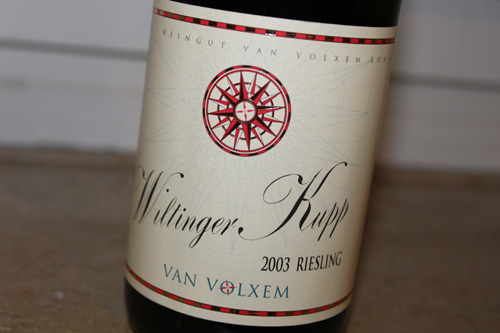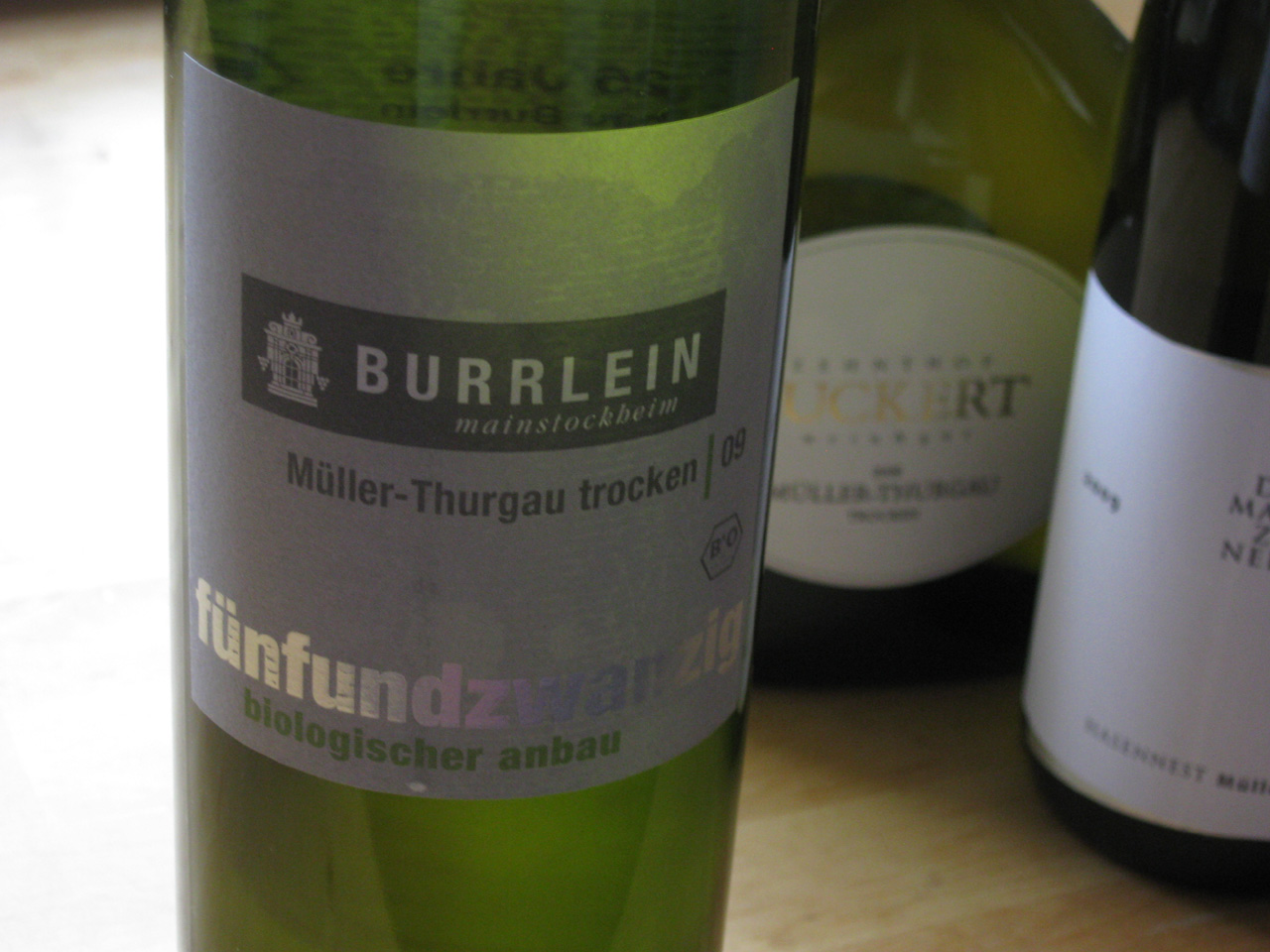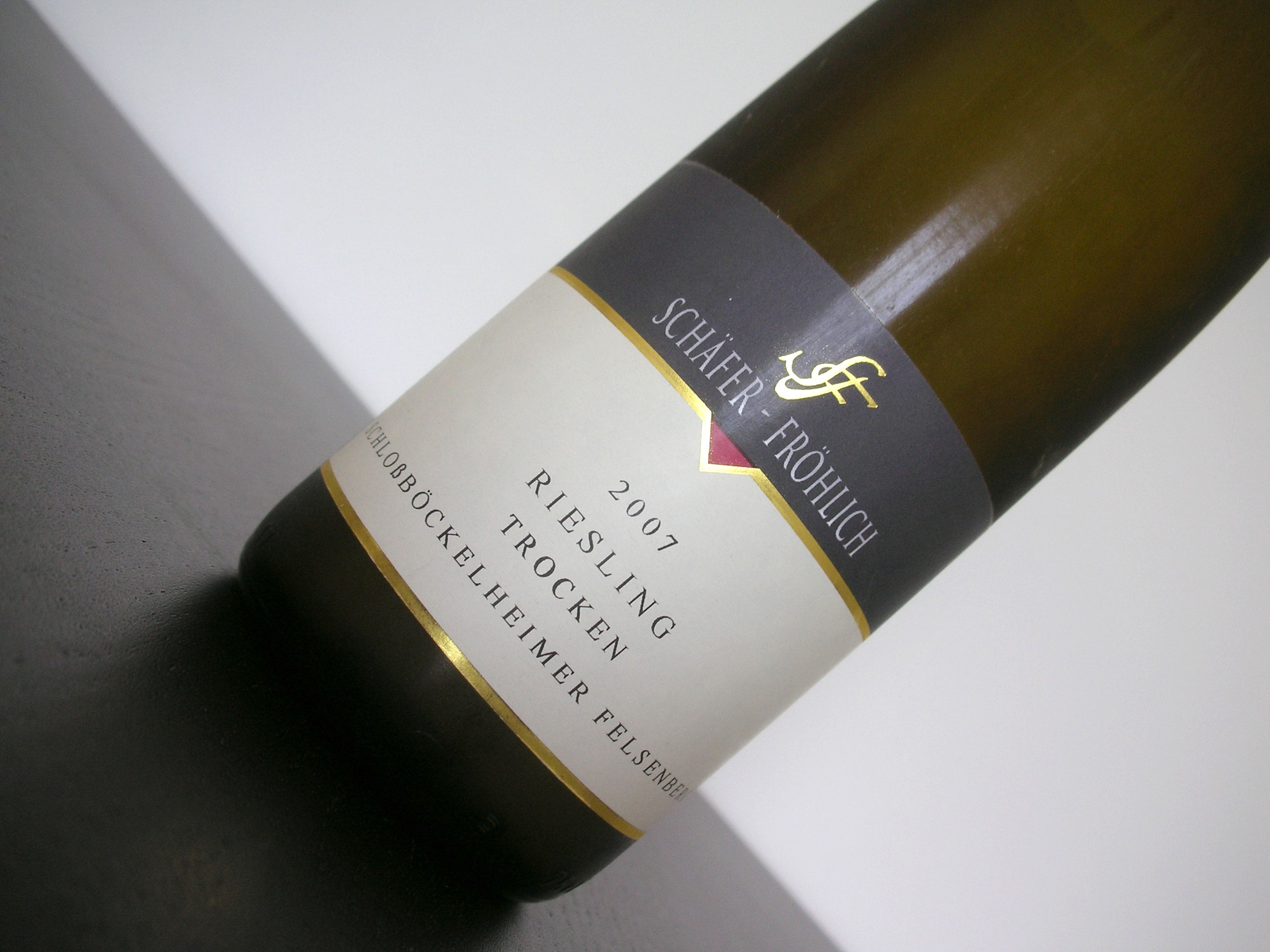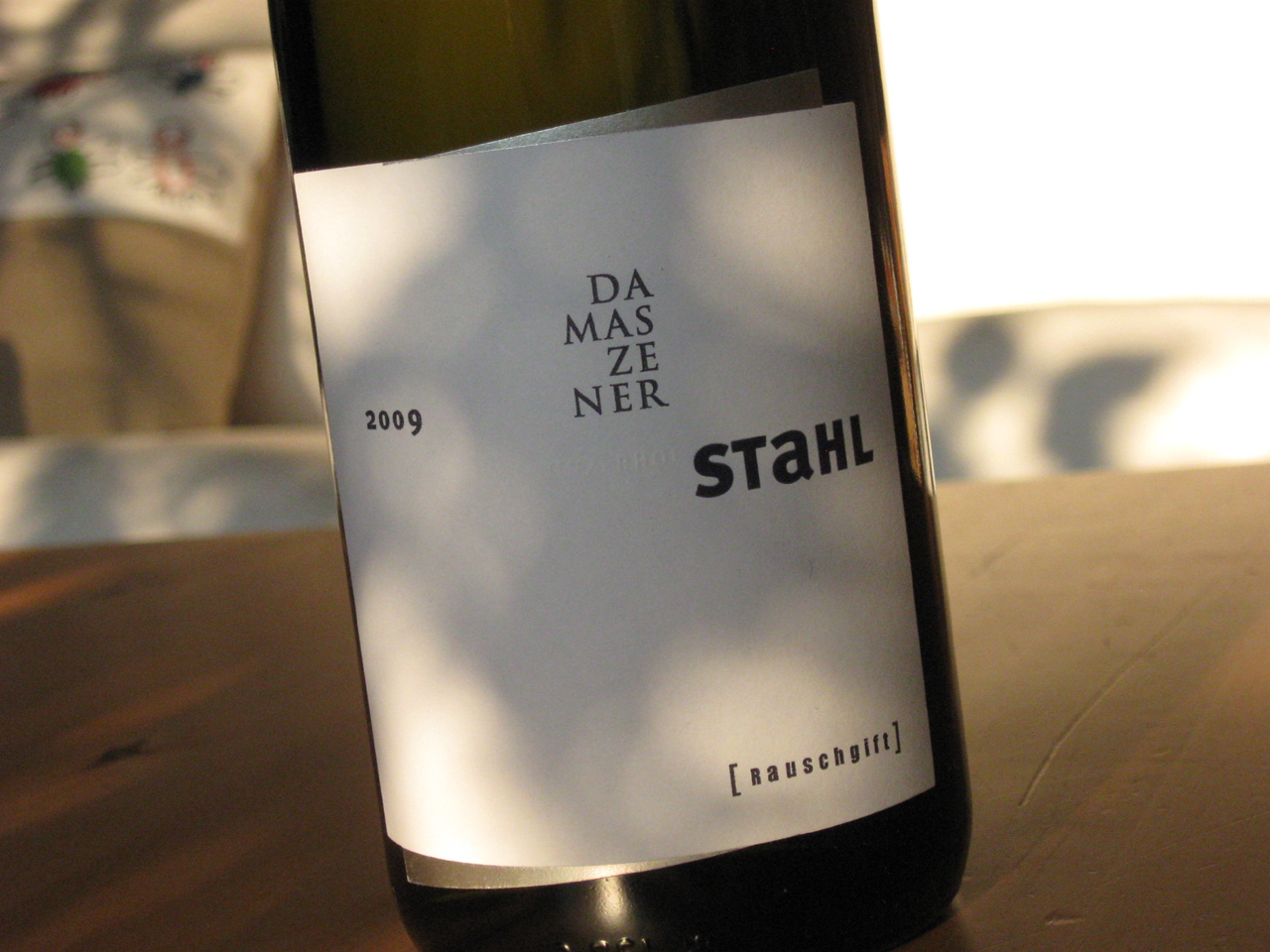Feudi di san Gregorio, Greco di Tufo, 2009
It has been a while since we reviewed an Italian wine, but how can the Wine Rambler resist if a bottle almost magically materialises in front of him? This one was brought all the way from Italy by my friend Steve, who contributed it to a blind tasting I hosted a little while ago at the London headquarters of the Wine Rambler. As far as I can remember this is my first encounter with the Greco Bianco grape, a variety of Greek origin that the people in Campania use for making the Greco di Tufo wine. So let's be Italian for a moment.









